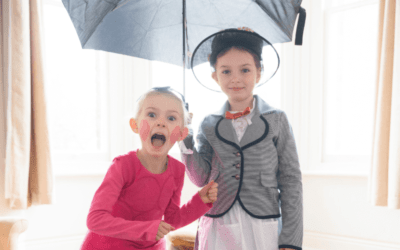“I found them!” I squealed as I ran through the house waving my air pod case. My AirPods, which had been left like two disgruntled passengers with lost luggage for a week on my nightstand, were now happily charging in their first-class, ergonomically-designed case.
My 6-year-old daughter, who doesn’t usually see me run hysterically through the house, was full of questions: “What did you find, Mom?”
We walked to the bus stop and I explained that my AirPods had been lost for over a week! I told her all the places I had searched but still had not found them.
At the bus stop, she relayed her own story.
“2 of my teachers lost their sunglasses and keys.… but they came back to the classroom and found them on their desks.”
My daughter was confused. She needed clarification on the difference between lost and forgot.
Her teachers had forgotten things in the classroom and had returned to get them, which is different from losing something.
This seemingly small ‘misunderstanding’ impacted her understanding of lost & forgotten.
Structured Literacy uses clearly defined examples so that kids aren’t left to ‘infer’ meaning and lose the plot altogether!
Structured Literacy FINDS & DEFINES.




